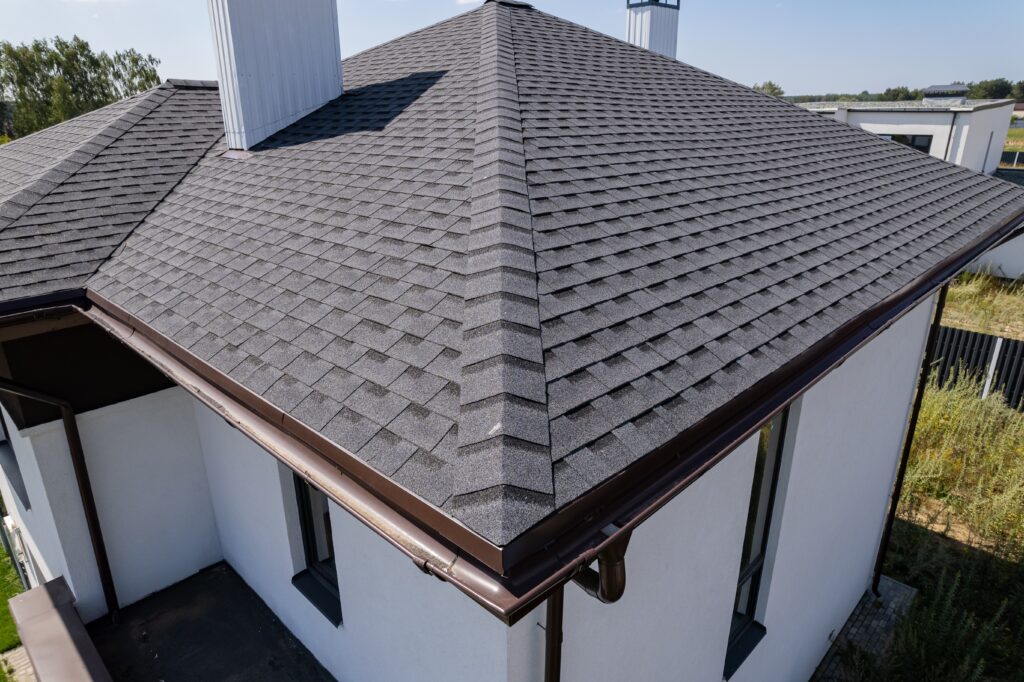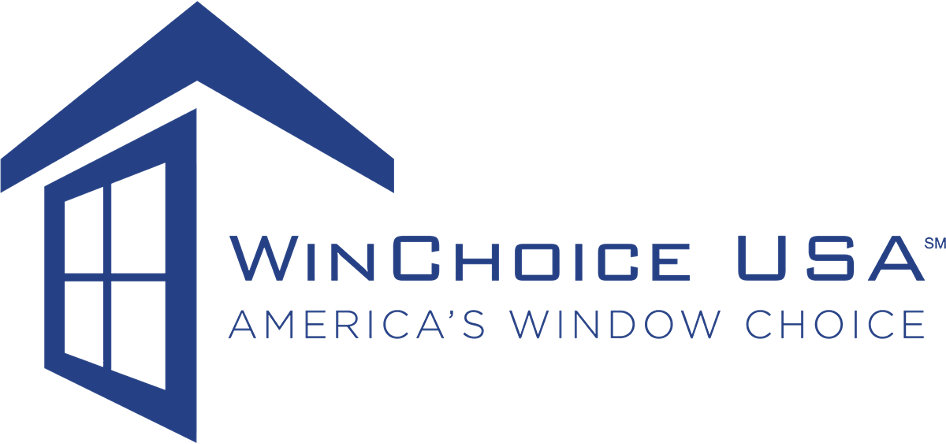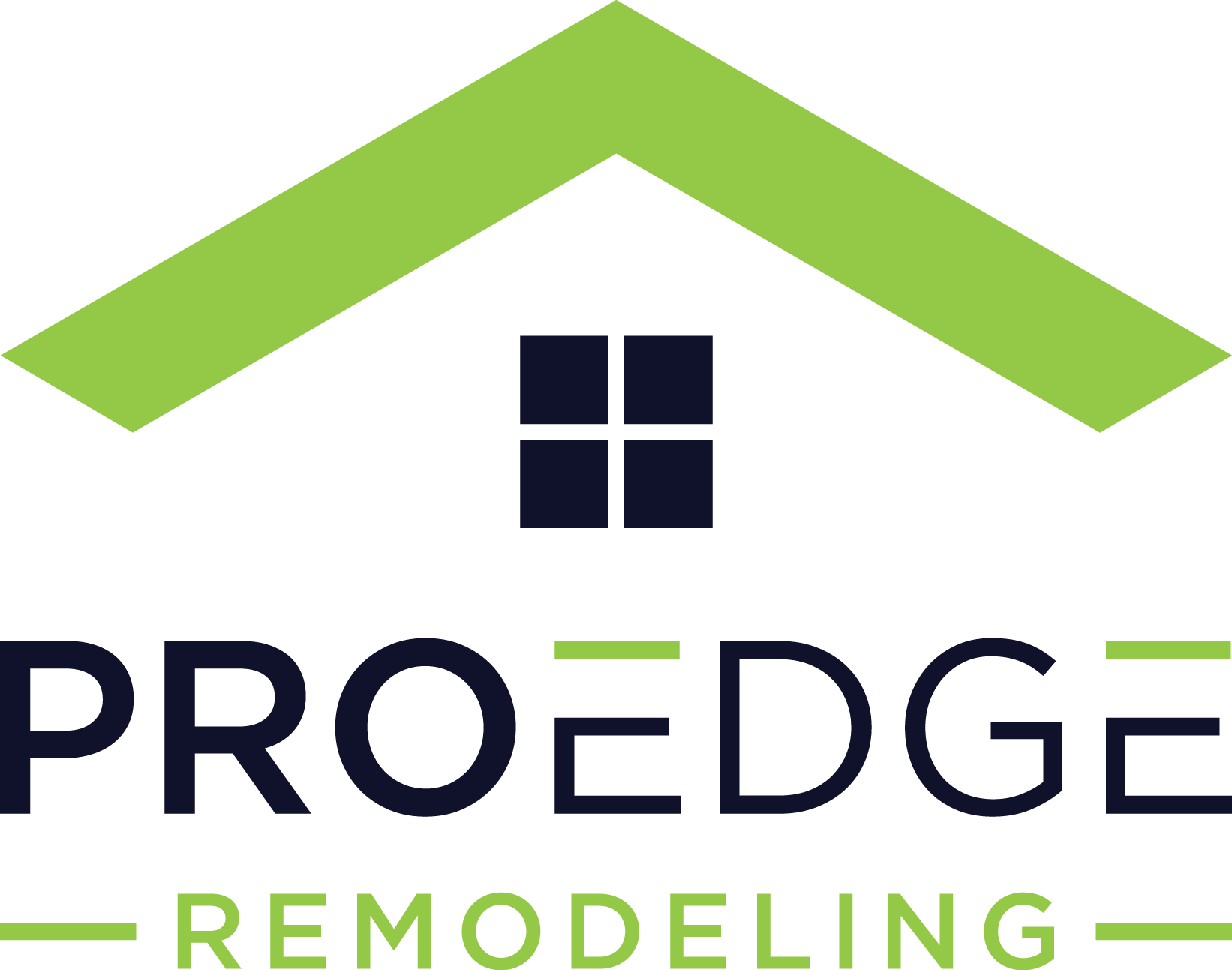What Are Pop-On Roofs? A Guide to This Innovative Roofing Trend

The term “pop-on roof” is an emerging concept in the roofing and home improvement industry, offering a modern, convenient alternative to traditional roofing installations. Pop-on roofs are designed to be easily installed onto a structurally sound roof frame, or over existing roofing structures, which significantly reduces the need for demolition or extensive structural work.
This makes them an appealing option for homeowners who want to enhance the durability and aesthetics of their roof without undergoing a lengthy or disruptive installation process. Whether you’re updating an old roof or adding an additional layer of protection, a pop-on roof could be the perfect solution.
Pop-on roofs are designed to be applied on top of existing roof structures or materials, providing a better layer of insulation, weather protection, and aesthetic enhancement. They can be made from various materials, including metal, spray-on coatings, and advanced composite systems, offering homeowners a flexible range of options.
No matter the condition of your current roof, there may be a pop-on solution that suits your needs, budget, and style preferences.
Table of Contents
Roof Types That Can Be “Popped On”
Pop-on roofs can be constructed from various materials, each offering different benefits in terms of insulation, durability, and ease of application.
Here are some of the most common roof materials and systems that can be used for a pop-on roof:
Metal Roofing
Metal roofs are a popular choice for pop-on solutions due to their durability, longevity, and ease of installation. A metal pop-on roof still requires a stable and well-built roof frame for installation, and is exceptionally durable without the need to remove all of the old roof construct. These systems are commonly made from materials such as aluminum, steel, or copper. Metal pop-on roofs are ideal for homes in areas with extreme weather conditions, as they offer superior resistance to wind, rain, and fire.
Spray-On Roofing Coatings
Spray-on coatings are an increasingly popular option for pop-on roofs, especially in commercial or residential applications with flat or low-sloped roofs. These coatings are often applied directly onto the existing roof surface and “pop-on” to form a seamless, waterproof barrier. Spray-on roofs typically use materials like elastomeric coatings, which expand and contract with temperature changes, providing excellent protection from leaks, UV rays, and weathering. They are highly customizable in terms of color and finish, making them an aesthetically pleasing solution.
TPO (Thermoplastic Olefin) Roofing
TPO roofing systems are often used for pop-on applications in homes and commercial buildings with flat or low-slope roofs. TPO membranes can be installed directly over an existing roof, offering an affordable and energy-efficient option. These membranes are lightweight, durable, and reflective, which helps reduce energy costs by reflecting UV rays. TPO systems are also known for being eco-friendly due to their recyclable materials.
EPDM (Ethylene Propylene Diene Monomer) Roofing
EPDM roofing is a synthetic rubber material that is known for its durability and resistance to extreme weather conditions. Pop-on EPDM roofs are ideal for homes with flat or low-sloped roofs. These systems can be installed over an existing roof with minimal disruption, providing long-lasting weather protection and excellent insulation. EPDM roofing is highly resistant to UV damage, ozone, and temperature fluctuations, making it a reliable choice for homeowners seeking low-maintenance roofing.
Shingle Overlay
For homes that already have asphalt shingles, a pop-on shingle overlay is a simple and cost-effective solution. Instead of tearing off the old shingles, a new layer of shingles is installed over the existing roofing. This is a good option for homeowners looking for a quick and affordable roof upgrade. However, it is important to ensure that the existing roof is in good condition, as a weak or damaged roof may not be able to support the additional layer of shingles.
Why Are Pop-On Roofs Gaining Popularity?
Pop-on roofs are becoming increasingly popular due to several key advantages that make them an attractive roofing option for homeowners.
Here’s why they are gaining traction:
- Cost-Effectiveness – Pop-on roofs are generally more affordable than traditional full roof replacements, as they require less labor and fewer materials. Since many don’t involve stripping the old roof, homeowners can save on disposal and labor costs.
- Quick Installation – Many of the solutions above can be installed in a fraction of the time it would take to replace an entire roof. This is particularly beneficial for homeowners who need a quick solution or want to avoid the disruption of a lengthy roofing project.
- Improved Energy Efficiency – Many pop-on roof systems, such as metal or spray-on coatings, offer enhanced insulation, helping to regulate indoor temperatures and reduce energy bills.
- Aesthetic Flexibility – Pop-on roofs can be designed in a variety of styles and colors to complement the aesthetic of any home. Whether you prefer the sleek appearance of a metal roof or the seamless finish of a spray-on coating, there is a pop-on solution to suit your taste.
- Minimal Disruption – When pop-on roofs can often be applied over existing roofing, there’s no need to remove shingles or tiles, resulting in less mess and noise during installation.
Costs of Pop-On Roofs
The cost of a pop-on roof will depend on the materials used, the size of the roof, and the complexity of the installation.
Here’s a general price range for different types of pop-on roof options:
Roof Type | Estimated Cost (Per Square Foot, Including Installation) |
Metal Roofing | $5 – $12+ |
Spray-On Roofing Coatings | $2 – $7+ |
TPO Roofing | $4 – $8+ |
EPDM Roofing | $3 – $7+ |
Shingle Overlay | $2 – $4+ |
Factors that influence pricing include:
- Roof Size – Larger roofs will naturally cost more due to the additional material and labor required.
- Material Choice – Premium materials like copper or standing seam metal roofs are more expensive than options like TPO or shingle overlays.
- Roof Complexity – Roofs with more intricate features or slopes may require specialized installation techniques, adding to the cost.
- Labor Costs – Costs can vary depending on the contractor and geographic location, so it’s always worth getting multiple quotes.
Costs above are examples of common pop-on roofing costs. Your actual costs (and savings) will vary depending on your roofing contractor, your selection of materials, and the size and condition of your roof. Speaking with multiple contractors can help you find the best solutions for the right costs.
Benefits of Pop-On Roofs
Pop-on roofs are a highly convenient and cost-effective solution for homeowners looking to upgrade their roofing with minimal disruption.
Here are the main benefits:
- Efficient Installation: A pop-on roof is often installed in less time, reducing the number of hours you are inconvenienced by the construction.
- Preservation of Existing Structure: When structurally sound, there’s often no need to tear off the old roof, helping preserve the integrity of the underlying structure.
- Environmental Benefits: Many pop-on roof materials, such as spray-on coatings and TPO, are eco-friendly and recyclable.
- Enhanced Protection: A pop-on roof adds an extra layer of protection against leaks, weather damage, and UV degradation, prolonging the lifespan of your home’s roof.
Are Pop-On Roofs Right for You?
Pop-on roofs are ideal for homeowners who want an efficient, cost-effective roofing upgrade without the hassle of a full roof replacement. They work best when:
- The existing roof is in good condition but needs extra protection or an updated appearance.
- You want to avoid the expense and disruption of a complete roof replacement.
- Your home has a flat or low-slope roof that can benefit from additional layers of protection.
However, if your existing roof is severely damaged, very aged, or structurally compromised, a full replacement may be necessary. Consult with a roofing professional to assess your roof’s condition and determine the best course of action.
Get Started Today!
If you’re considering a pop-on roof, reach out to local roofing specialists to explore your options. A professional can help determine the best materials and installation methods for your home, ensuring a seamless and durable roofing solution.
With benefits like cost savings, quick installation, and improved energy efficiency, a pop-on roof is a smart investment for homeowners looking to enhance their home’s protection and curb appeal.
Upgrade your home effortlessly with a pop-on roof—easy, efficient, and effective!
Additional Roofing Resources
- How to Design Roof Trusses
- How to Create a Budget for Your Roofing Project
- Types of Roofing for Your Home

Anna has over six years of experience in the home services and journalism industries and serves as the Content Manager at MyHomePros.com, specializing in making complex home improvement topics like HVAC, roofing, and plumbing accessible to all. With a bachelor’s degree in journalism from Auburn University, she excels in crafting localized, comprehensive guides that cater to homeowners’ unique needs. Living on both coasts of the United States has equipped her with a distinctive perspective, fueling her passion for turning any house into a cherished home through informed, personalized decision-making.








